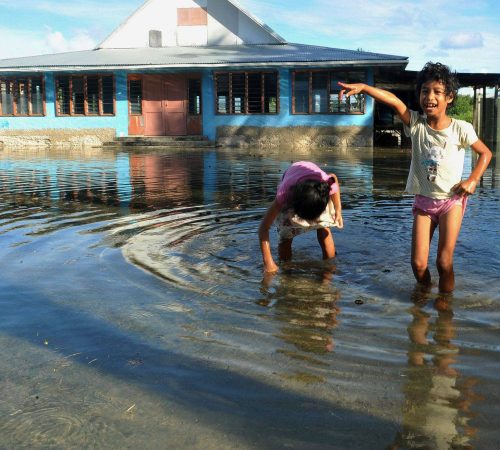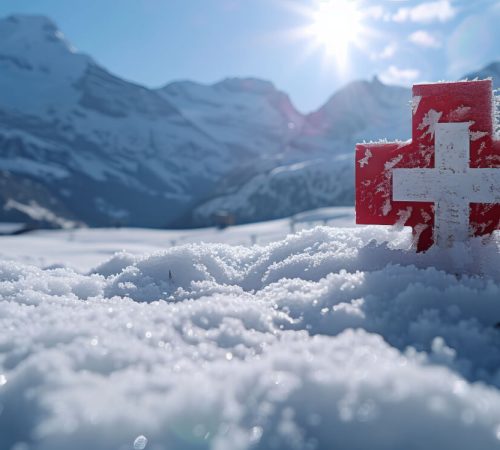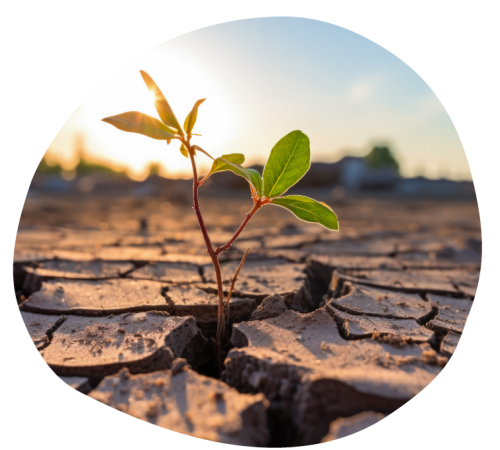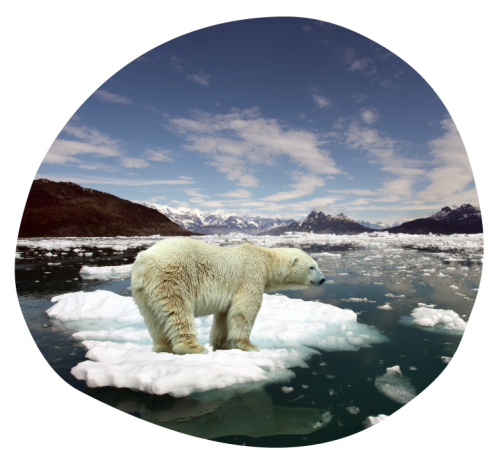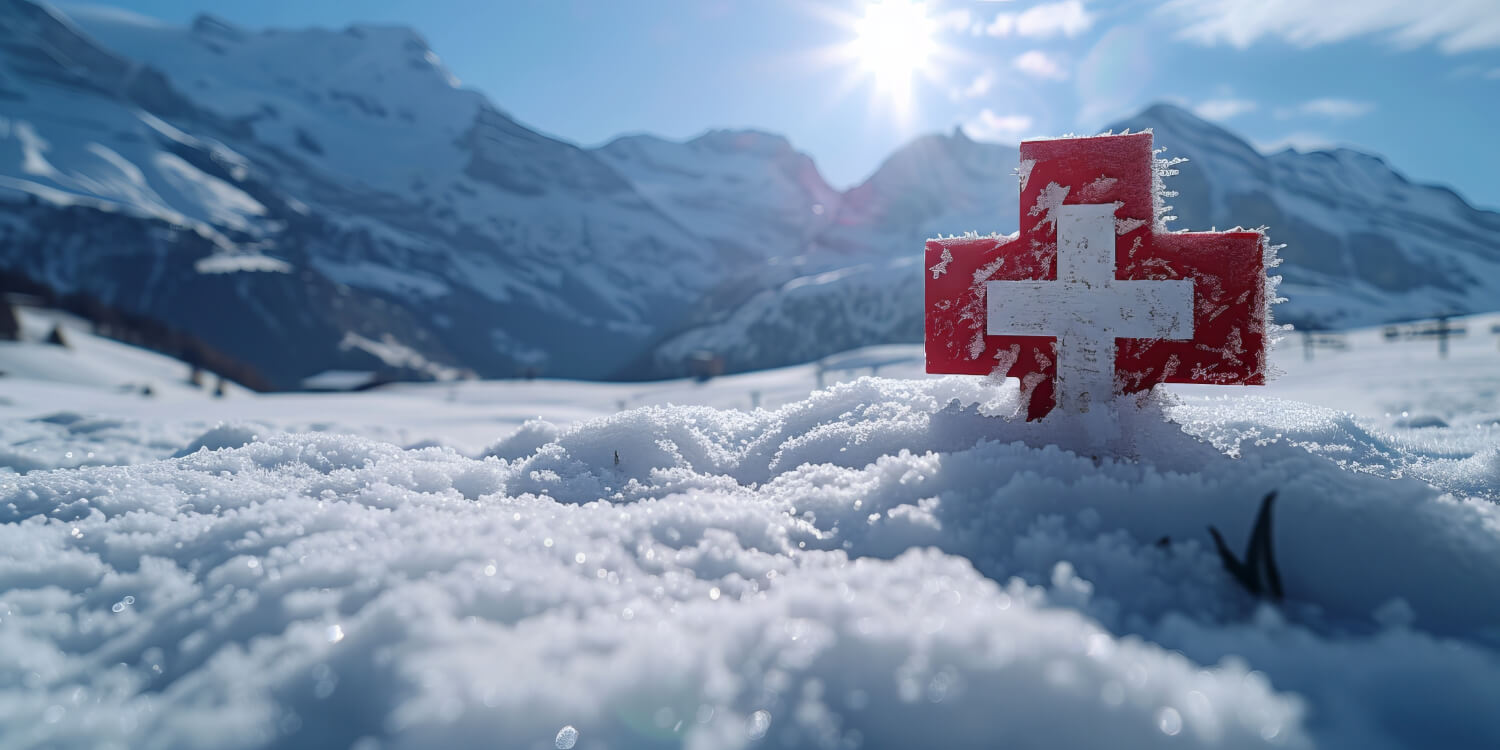 Swiss glaciers, which have been severely impacted by climate change, experienced a rare but significant boost this winter due to heavy snowfalls. The Swiss Glacier Monitoring Network (Glamos) reported a 31% increase in snow cover across Switzerland’s 1,400 glaciers by the end of April 2024 compared to the average for the years 2010 to 2020. This marks a notable improvement over the dire conditions of previous years.
Swiss glaciers, which have been severely impacted by climate change, experienced a rare but significant boost this winter due to heavy snowfalls. The Swiss Glacier Monitoring Network (Glamos) reported a 31% increase in snow cover across Switzerland’s 1,400 glaciers by the end of April 2024 compared to the average for the years 2010 to 2020. This marks a notable improvement over the dire conditions of previous years.
Matthias Huss, head of the Swiss Glaciological Survey Network, shared his cautious optimism on the social network X, stating, “At the summer solstice, the state of Swiss glaciers is better than in recent years. But will this be enough for a year with ice gain? Most likely not! But losses will be limited.” Huss emphasized that a cool summer could further benefit the glaciers, mitigating some of the melt expected in the warmer months.
The significant snowfall this winter ranks as the second-highest accumulation over the past two decades, only surpassed by the snowfall in 2018, which was 35% above average. Regions such as Ticino, the Engadine, western Switzerland, and the northern side of the Alps have particularly benefited from the heavy snow.
Despite the positive developments, the long-term outlook for Swiss glaciers remains bleak. Since 1850, glacier volume in Switzerland has decreased by around 60%. Extreme weather conditions in recent years, exacerbated by climate change, have accelerated this trend. In 2022, Swiss glaciers saw a record loss of 6% of their ice volume, followed by another 4% loss in 2023. Over the past two years, Swiss glaciers have lost a staggering 10% of their ice volume.
A report published by Glamos at the end of May highlighted that snow depths on Swiss glaciers ranged from 3 to 6 meters, well above average. This additional snow cover is crucial, yet it may not be sufficient to offset the ongoing ice melt. According to an international study published in 2023, Europe’s glaciers could virtually disappear by 2100 under current climate conditions. A Franco-Swiss study from earlier this year projected that the ice volume in Europe’s glaciers could shrink by 34-50% by 2050.
While the heavy snowfall this winter offers a temporary reprieve for Swiss glaciers, the peak of snow accumulation for the year has likely been reached, according to Huss. “From now on, the melt will dominate,” he noted, reflecting the ongoing battle against rising temperatures and the relentless impact of climate change.
In conclusion, although the winter of 2024 has provided a much-needed boost for Swiss glaciers, the overarching trend of glacier retreat due to climate change remains a critical concern. Continued efforts to monitor and mitigate these changes are essential to preserving these vital natural resources for future generations.
Sources:

